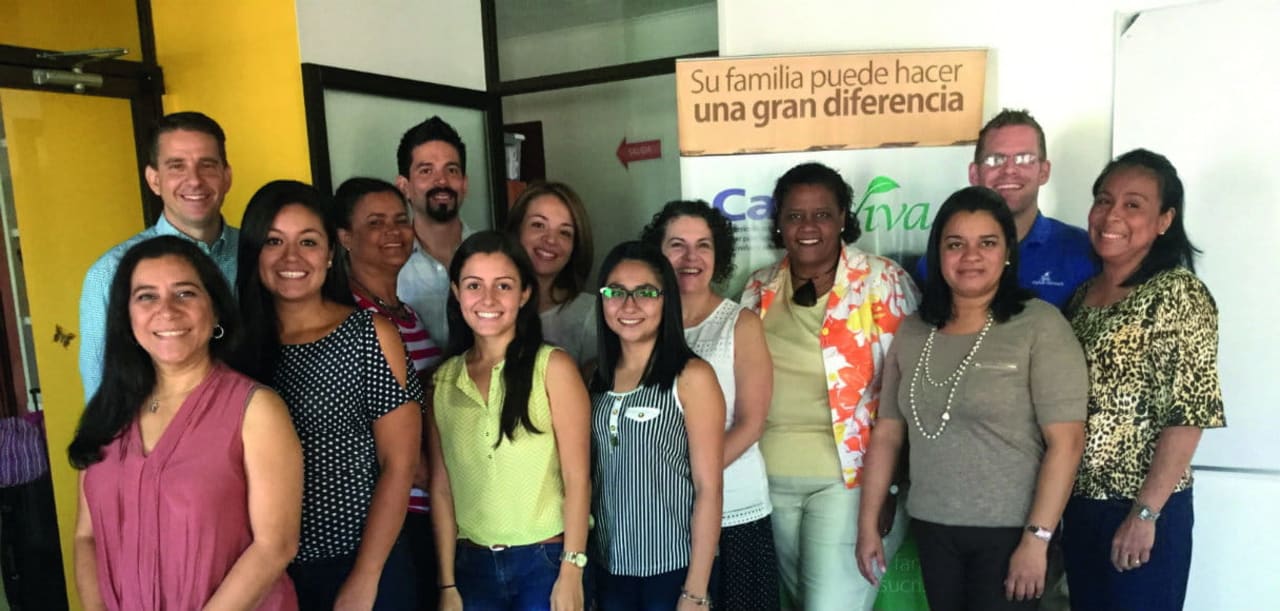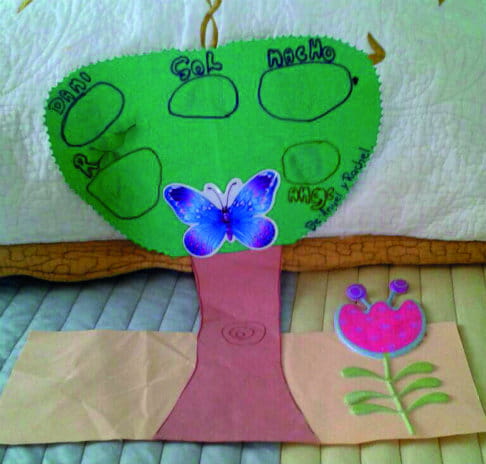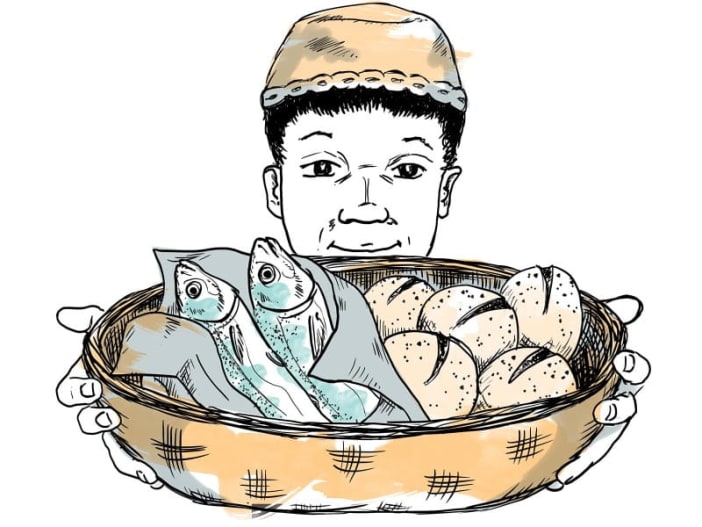Casa Viva is the only organisation actively implementing foster care in Costa Rica. Working through the local church, they encourage families to offer a home to children in need.
Philip and Jill Aspegren started Casa Viva in 2003. Before this, they ran a children’s home in the Dominican Republic for six years. Although they loved their work, they wondered if there were better alternatives to residential care. In 2003, the organisation Viva invited the Aspegrens to investigate this question in Central America.
Philip and Jill chose Costa Rica as their base. When they began, the word ‘fostering’ was not even used in Costa Rica.
First steps
The Aspegrens began by building relationships with the local and national government. They reviewed Costa Rica’s laws and policies to see what they would be permitted to do. Then they began sharing their vision with churches. Casa Viva hired professional staff, such as social workers, and developed a training curriculum for churches and families. After eight months, the first child was placed with a local church family. Since then, more than 400 children have been fostered through Casa Viva’s efforts. The government’s child protection department now regularly refers children to them.
Strategies
Casa Viva always begins by organising a short-term foster placement. This provides for a child’s immediate needs while longer-term solutions are investigated. Casa Viva’s first choice is always to reunite children with their biological family, with appropriate support. But when this is not possible or safe, they seek a permanent placement through adoption. If no family is willing to adopt, they arrange short- or long-term foster care.
Partnering with the local church is at the heart of Casa Viva’s work. They have found that churches are inspired by the biblical idea of showing hospitality to those in need. Churches are responsible for recruiting foster families, and they support families once children have been placed. Casa Viva’s professional staff members carry out assessments to make sure the placement is suitable, and help prepare and accompany the family.
Spreading the message
Changing mindsets can be very challenging. Casa Viva now offers training to churches, organisations and governments from other Latin American countries. Philip and Jill welcome enquiries about their training courses, which are available in English and Spanish.
Ideas for using this article
In a group, discuss how common fostering is in the place where you live. Would people in your church or community consider offering foster care to orphans and vulnerable children? If so, who do you need to connect with to start the process?
With thanks to Philip and Jill Aspegren. This article was complied using CAFO’s Replicable models for transition to family-based care. See www.cafo.org/resource/replicable-models-for-transition-to-family-based-care Website: www.casaviva.org Email: [email protected]









